By Asha de Vos, with photos by Jon Lowenstein
Monterey Bay is a marine biologist’s dream. It is arguably one of the most dynamic coastlines in the world and, for someone from the tropics like me, it opens up a whole new world for learning and adventure.
In recent months, Monterey Bay — located along the central coast of California — has become even more enthralling. A proliferation of anchovies has brought pelicans, sea lions and bottlenose dolphins to the area in droves. These anchovies are also drawing in humpback whales and making them stay way beyond the usual time. (See The New York Times story from November, “With extra anchovies, deluxe whale watching.”) By now, these whales should be at their winter breeding grounds in Mexico, but it seems they are making the most of this overabundance of fishy treats and hanging around, much to the delight of whale watchers. Are they foregoing their breeding opportunities to feed? Or perhaps the pregnant females have continued on their journey while the males are straggling behind to gorge? We don’t yet fully understand.
Watching a whale breach leaves you speechless. You can’t stop thinking about the sheer power and momentum required to propel such a large creature clean out of the water. Why do they do it? Again, an unknown. The act of bubble netting with mates and cooperative hunting with sea lions is testament to how much harmony exists in the natural world. I got a chance to experience these grand spectacles on the eve of my first Thanksgiving, walking along the coastal path in Santa Cruz. What really captured my imagination was how extremely accessible these feeding frenzies were, happening right along the coastline. I for one understand the powerful draw of charismatic megafauna, and why the media would choose to focus on the story of the anchovies and humpback whales. But what about the rest of the food web?
Along the coastal walking path, the ephemeral clouds of anchovies draw pelicans, gulls and cormorants by the thousands. The energy, rush and clamour is palpable and infectious as strangers excitedly talk to each other about the spectacle occurring in front of their eyes. Even the locals are thrilled, as a burst of oceanic life of this kind has never been experienced before. I stand there feeling extremely lucky. For a person striving to increase interaction between people and the ocean in an effort to create more awareness, this moment represents the perfect conversation space.
Anchovy themselves feed on krill, copepods and decapod larvae, both by random filter-feeding and by ‘pecking’ at prey. The breeding success of the California brown pelican has been attributed to the abundance of anchovy in these waters. Feeding areas vary because of the mobility of the prey but the larger-scale fluctuations of small pelagics, which include anchovies and sardines, leave scientists puzzled. It seems that this mystery of abundance is ours to solve. But where to start? Small pelagics are said to represent the largest source of wild marine protein worldwide. Not only does the ocean food web depend on them — so do many of us.
It isn’t just the birds that visit en masse, but rafts of sea lions — hundreds to thousands strong — cruise through, capturing the flailing fish in their mouths on synchronised dives led by a large male. The choreography is impeccable as a single bark from the leader signals the start of the dive that will, on average, last about three minutes in these shallow waters. On their return to the surface, they are mobbed by gulls intending to steal a few bites. What a delightfully dynamic cycle of gluttony.
I’ve spent a lot of time studying whales off the coast of Sri Lanka, and I am very thankful for my current situation as a post-doctoral scholar at the University of California Santa Cruz. Living here means that I get regular visits from friends wishing to escape the big city. It gives me great pleasure to take them out to see this remarkable coast.
On a recent weekend, photographer and TED Senior Fellow Jon Lowenstein came to visit and his reaction to the magic was just as I had hoped – that of sheer excitement! While I remain completely blown away by the wildlife of Monterey Bay, my opinion is biased as this is my life. Hearing Jon’s reaction to the continuous feeding frenzy makes me feel like I have successfully connected one more person with the ocean. I am excited to share some of his photographs with you here, showing the beauty of the mad smorgasbord at my doorstep.
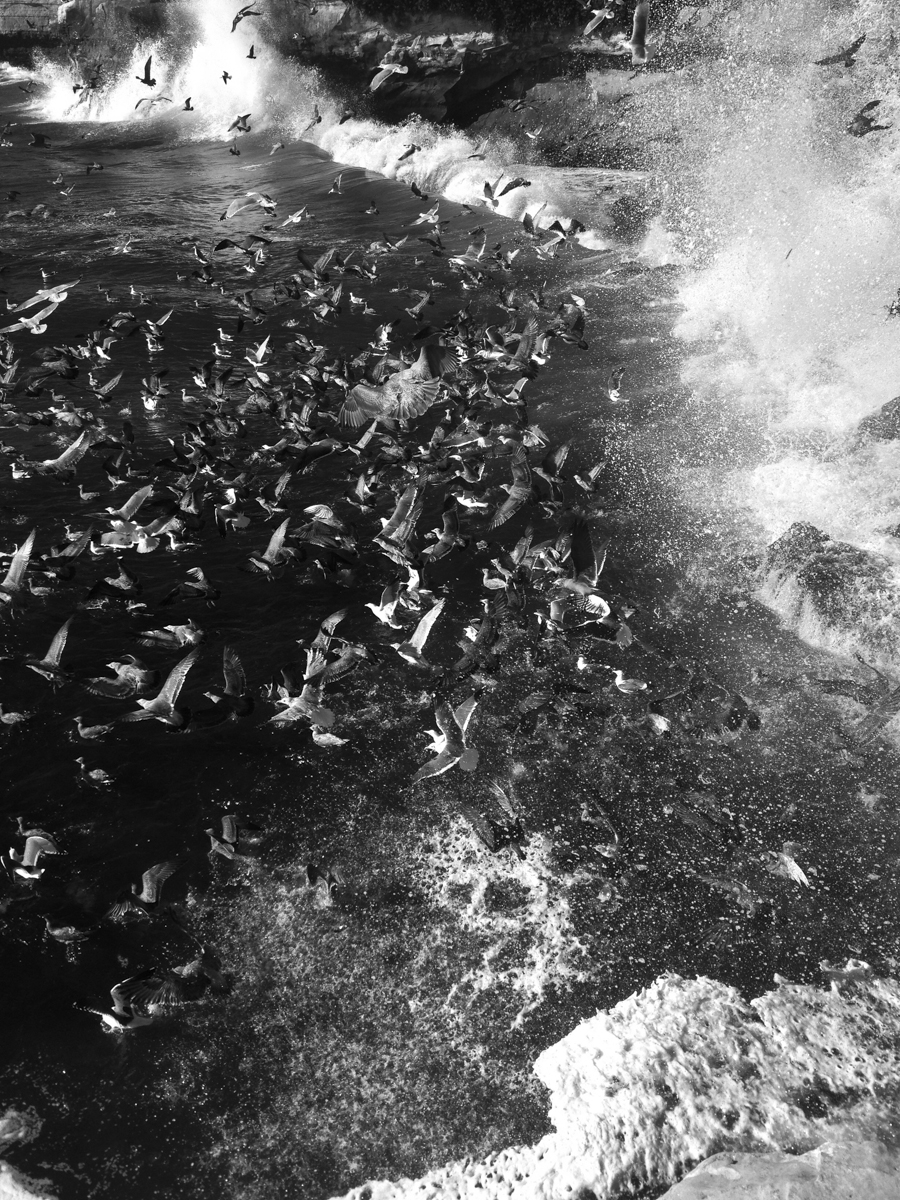
Photo: Jon Lowenstein / NOOR
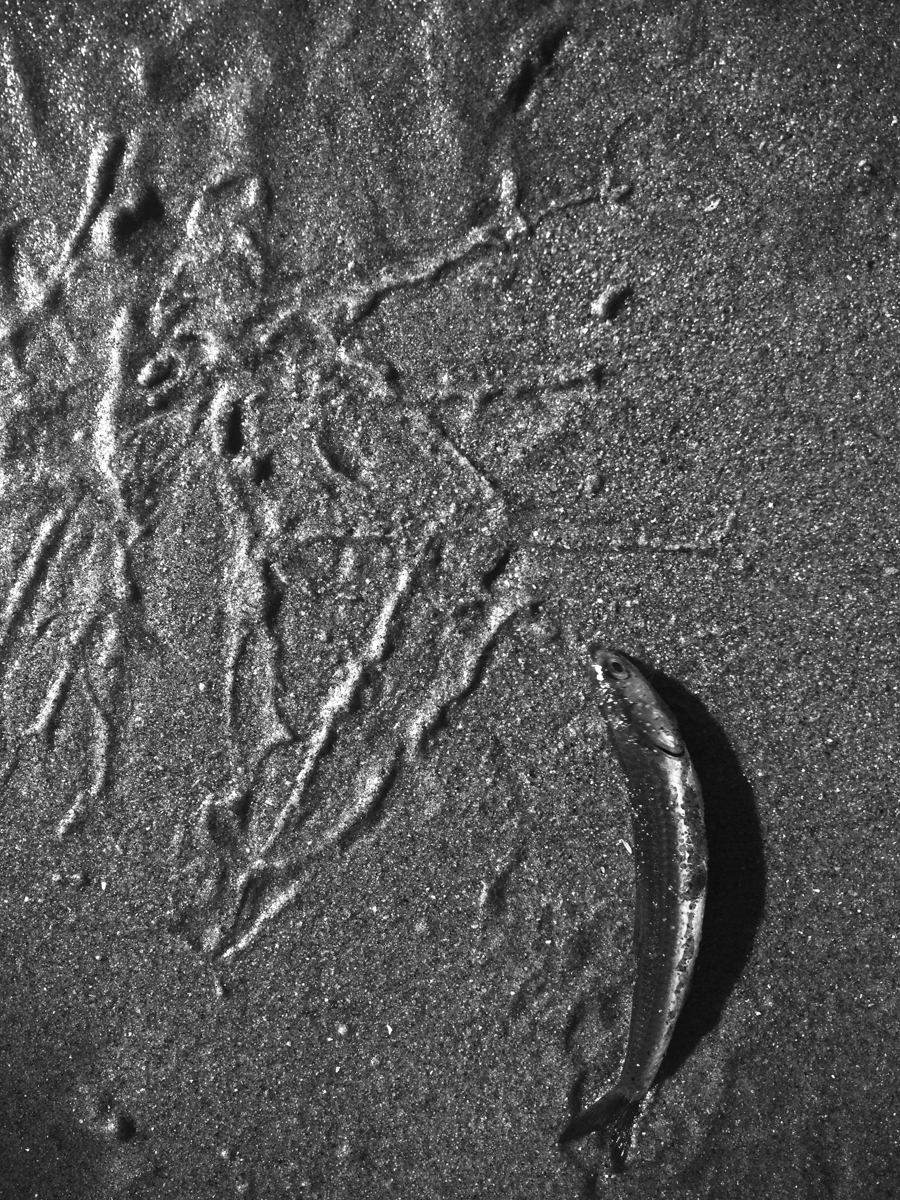
Photo: Jon Lowenstein / NOOR
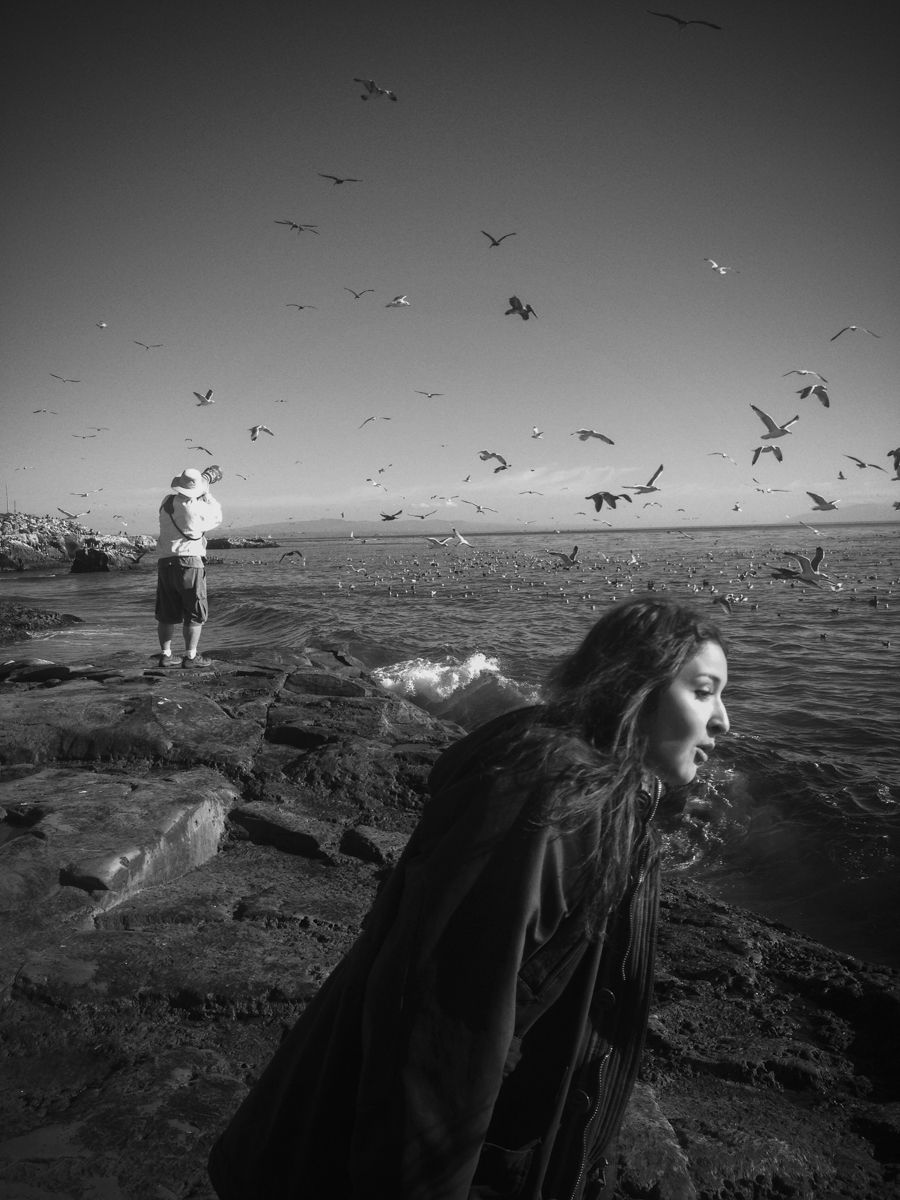
Photo: Jon Lowenstein / NOOR
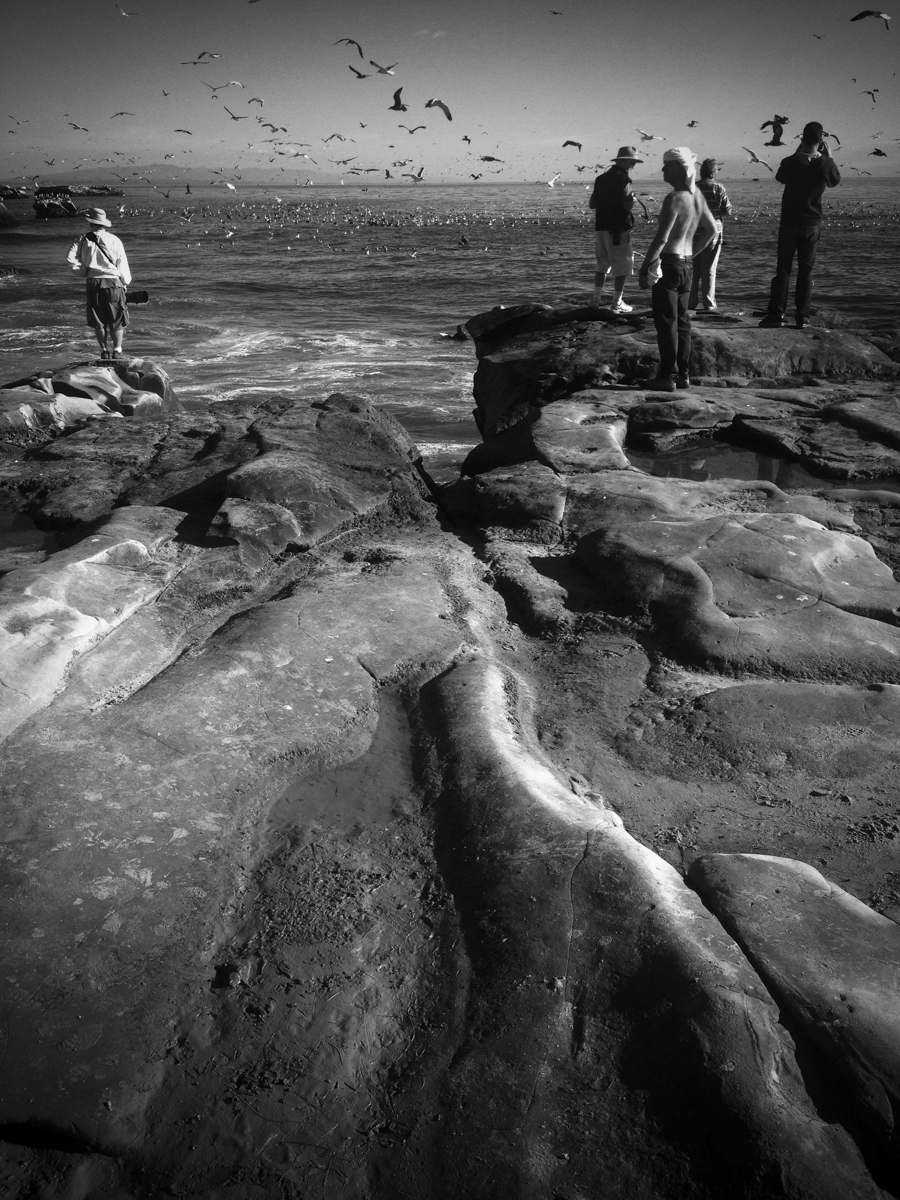
Photo: Jon Lowenstein / NOOR
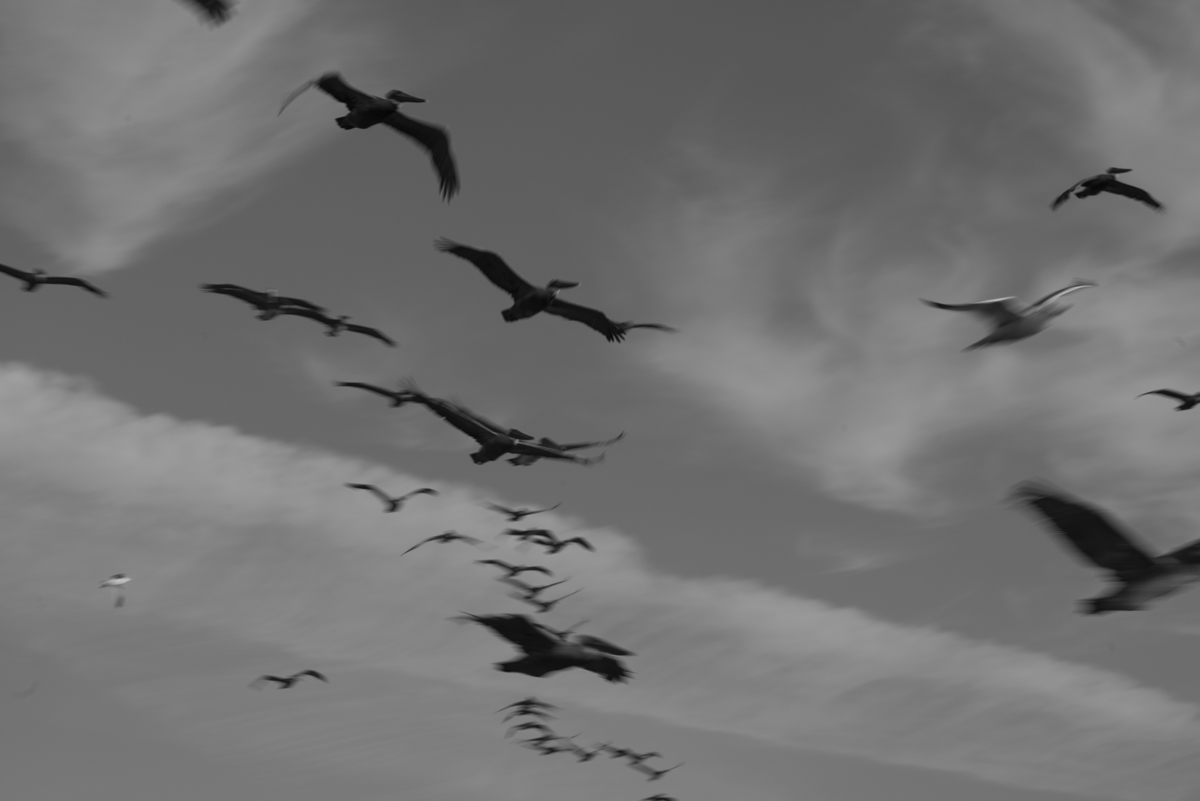
Photo: Jon Lowenstein / NOOR
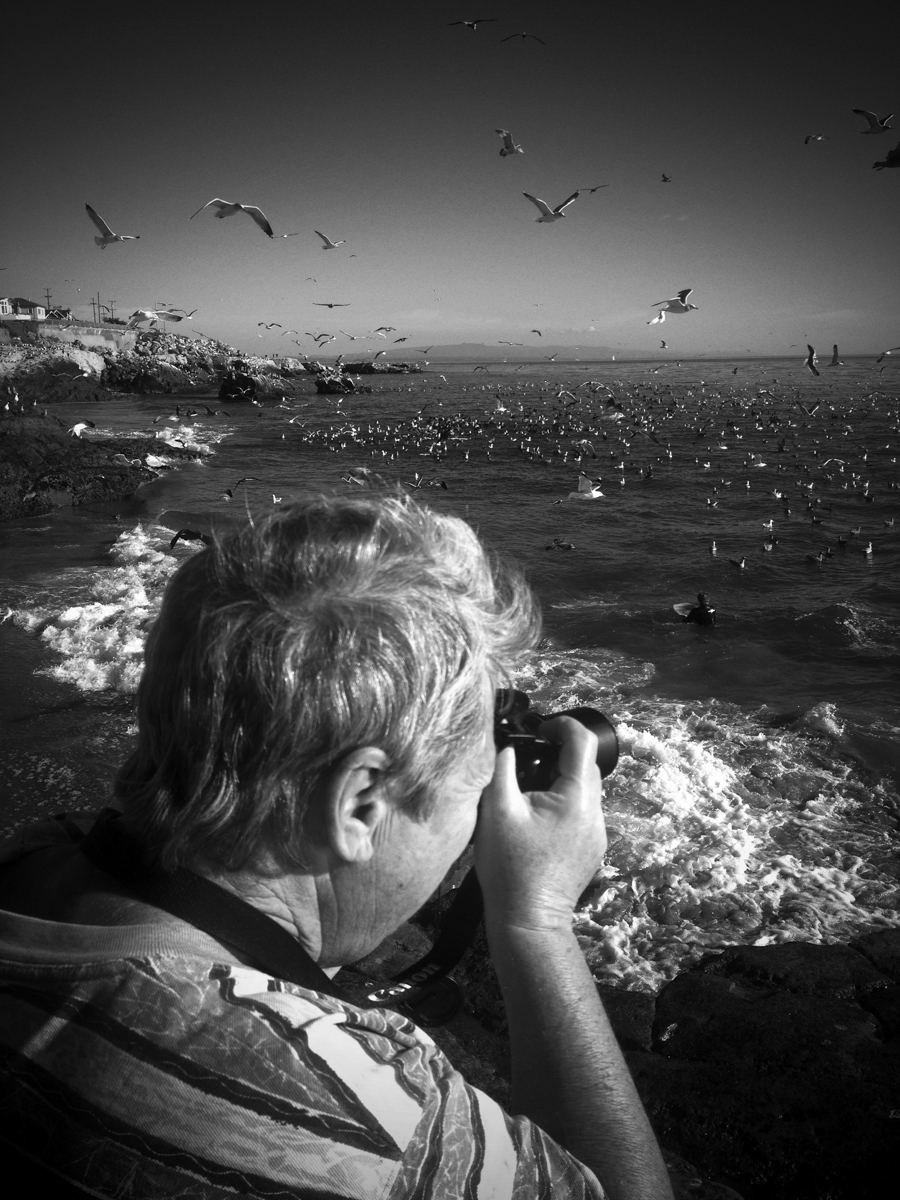
Photo: Jon Lowenstein / NOOR
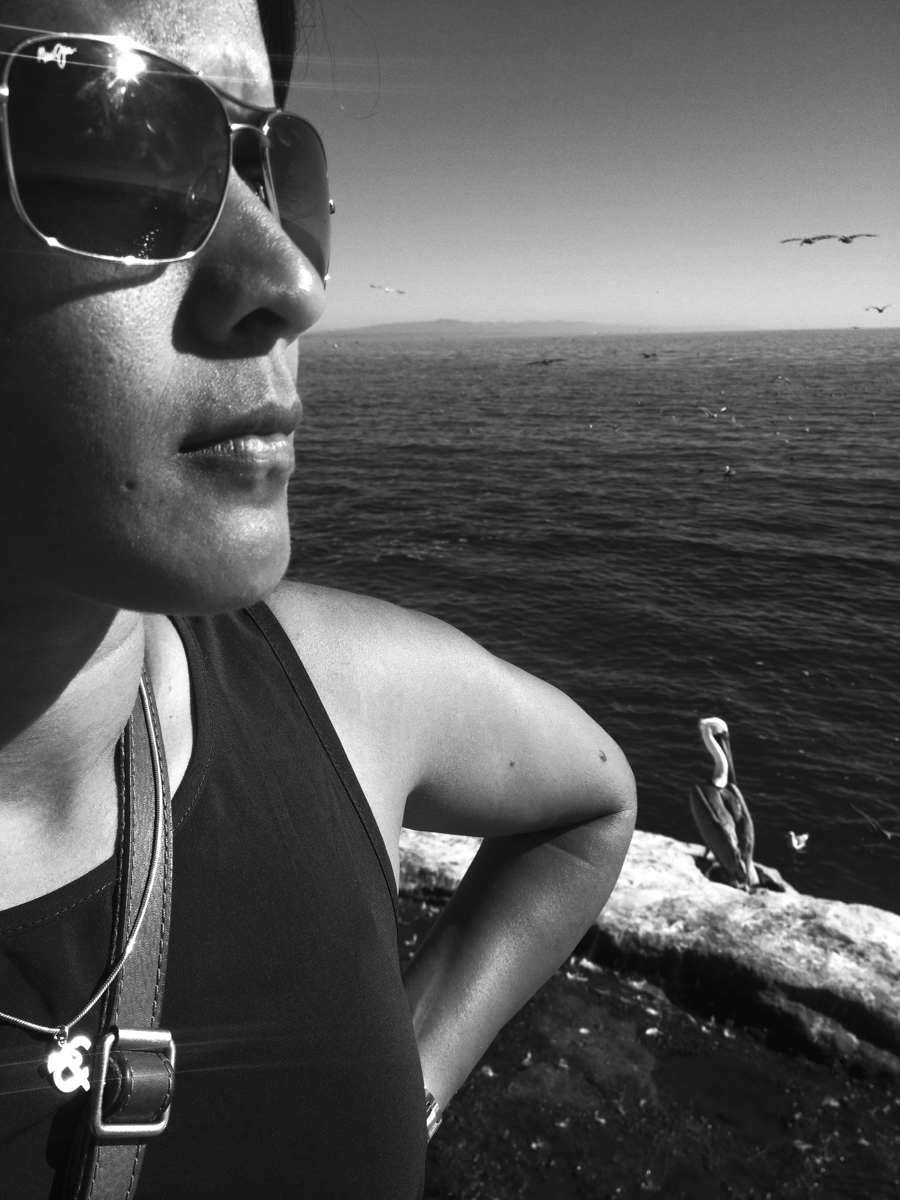
Photo: Jon Lowenstein / NOOR
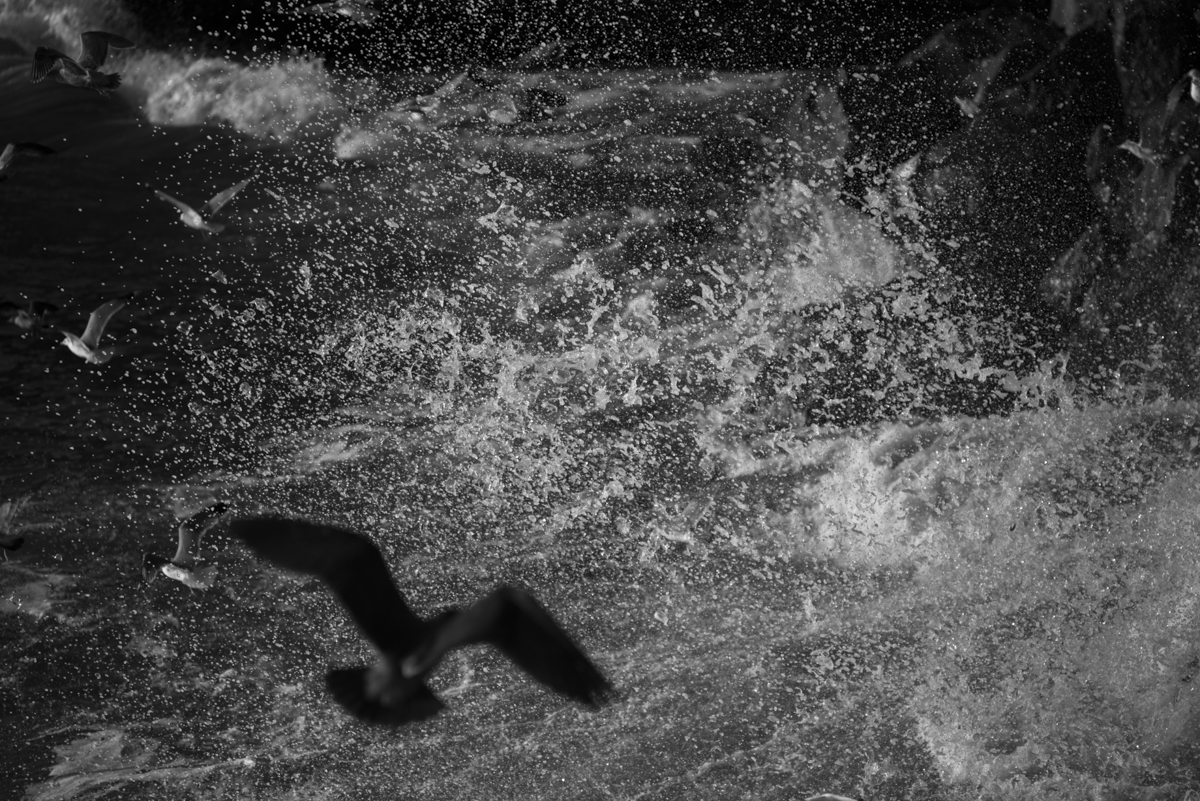
Photo: Jon Lowenstein / NOOR
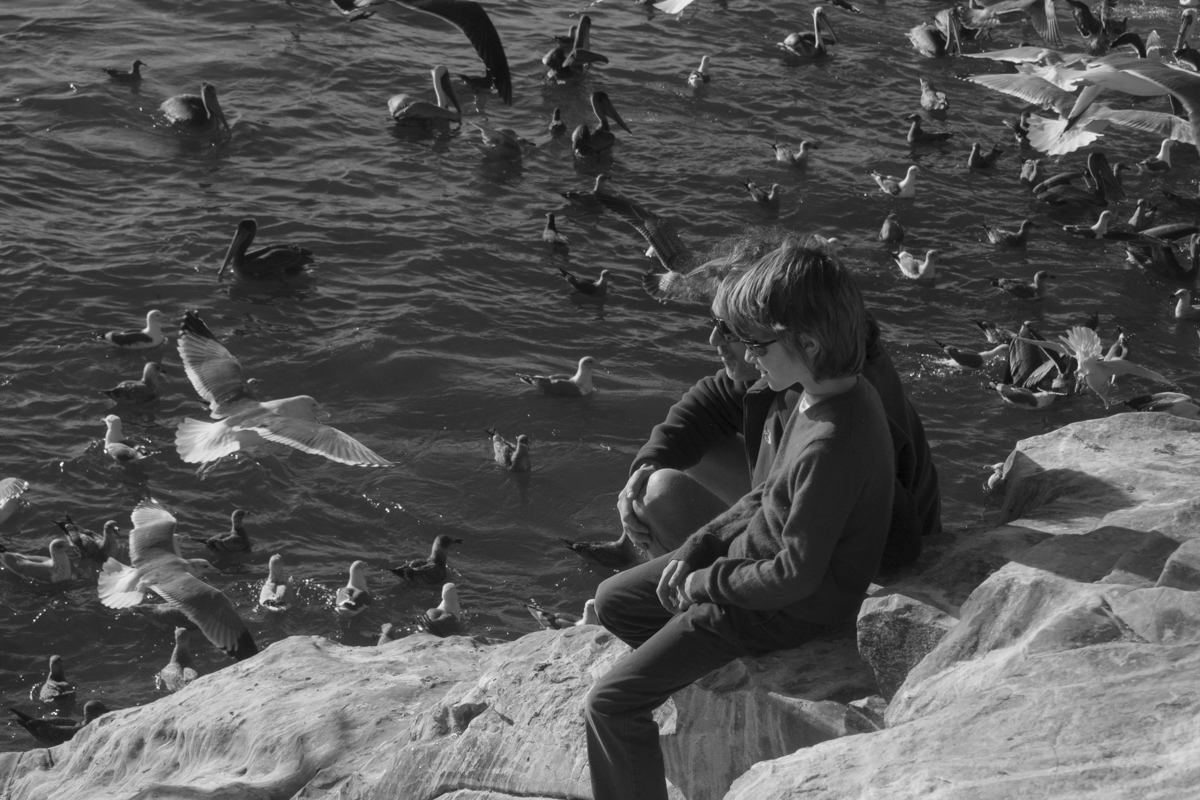
Photo: Jon Lowenstein / NOOR
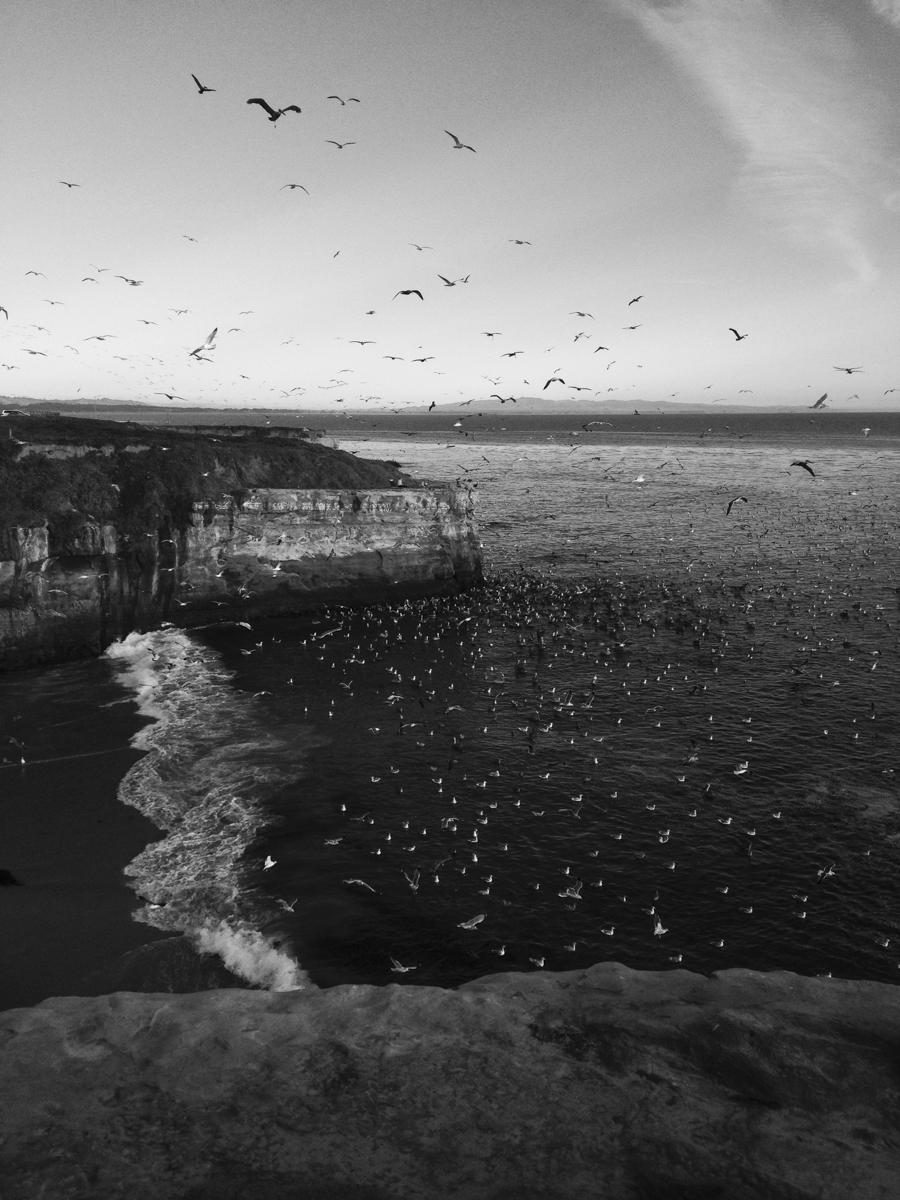
Photo: Jon Lowenstein / NOOR
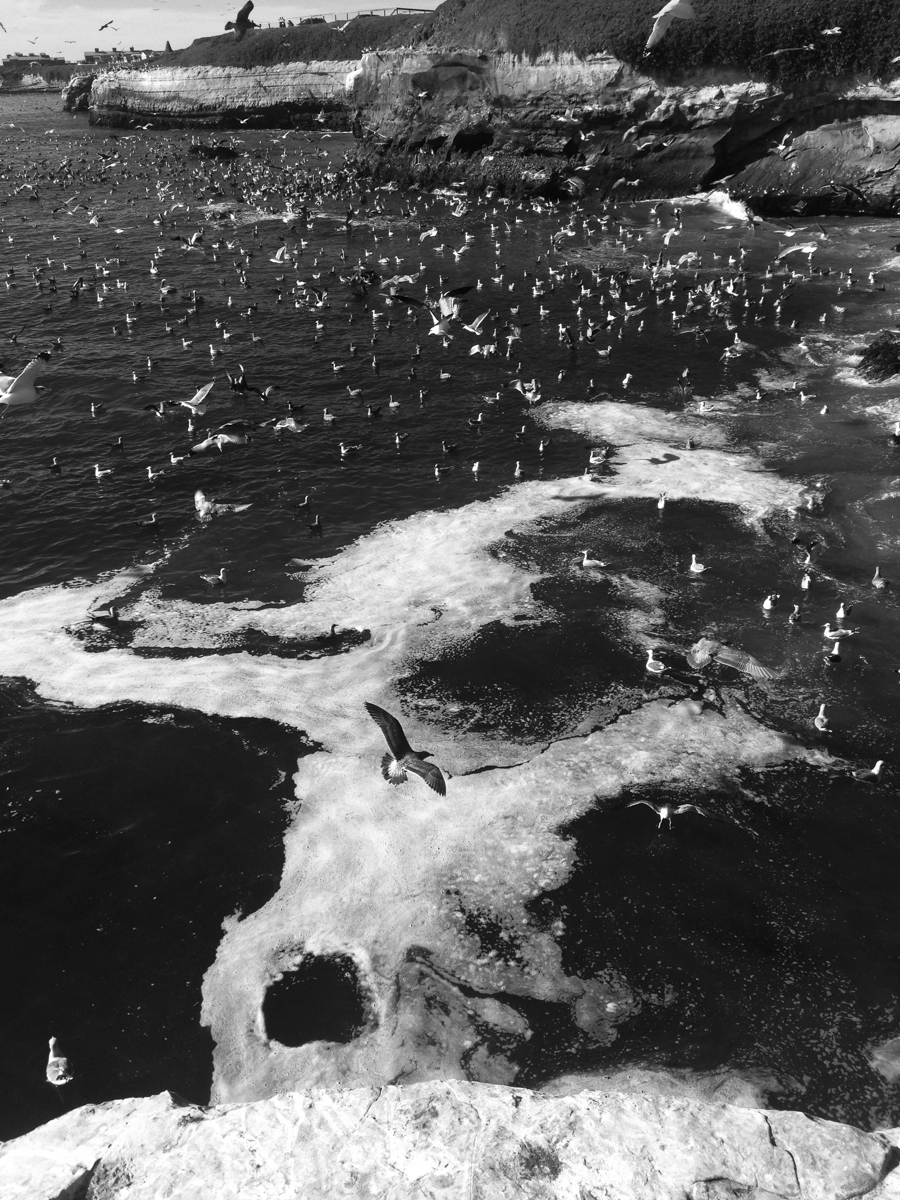
Photo: Jon Lowenstein / NOOR
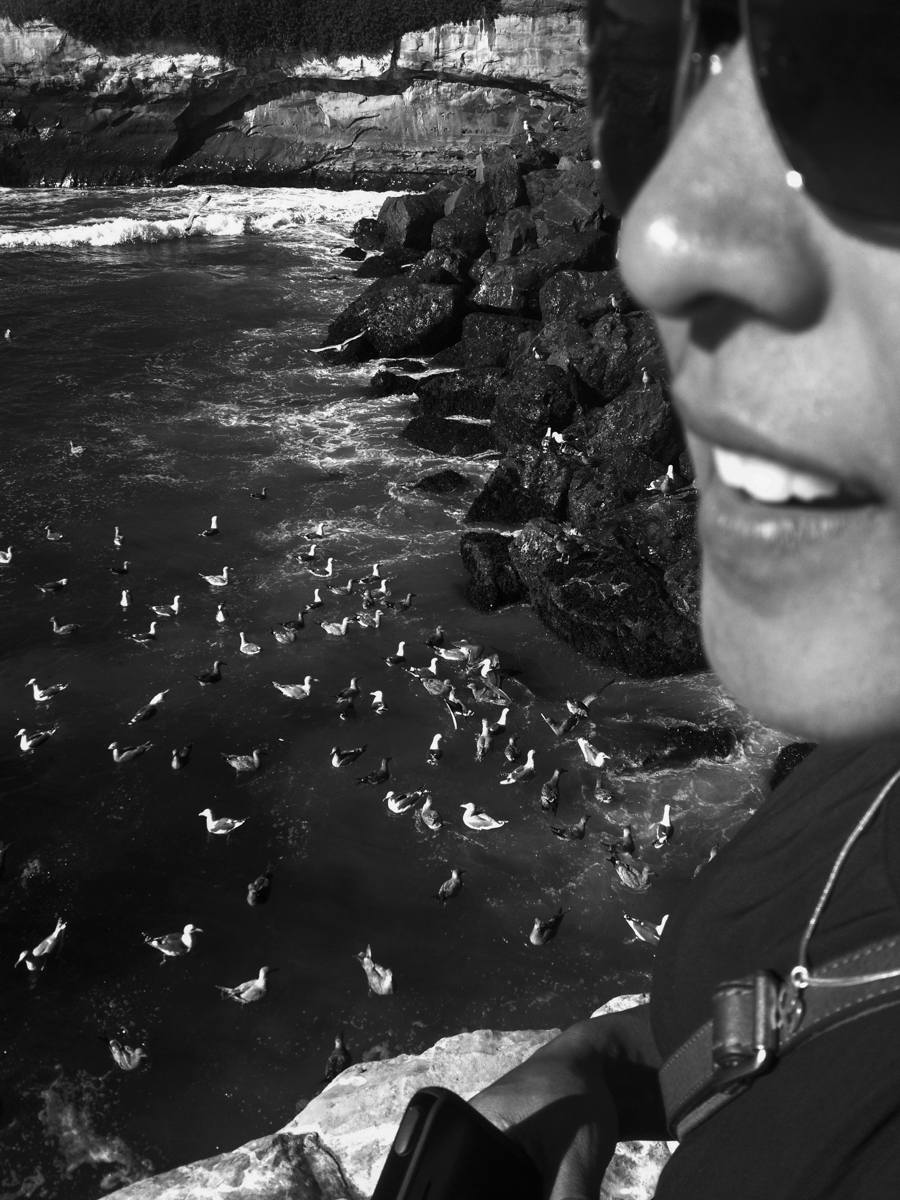
Photo: Jon Lowenstein / NOOR
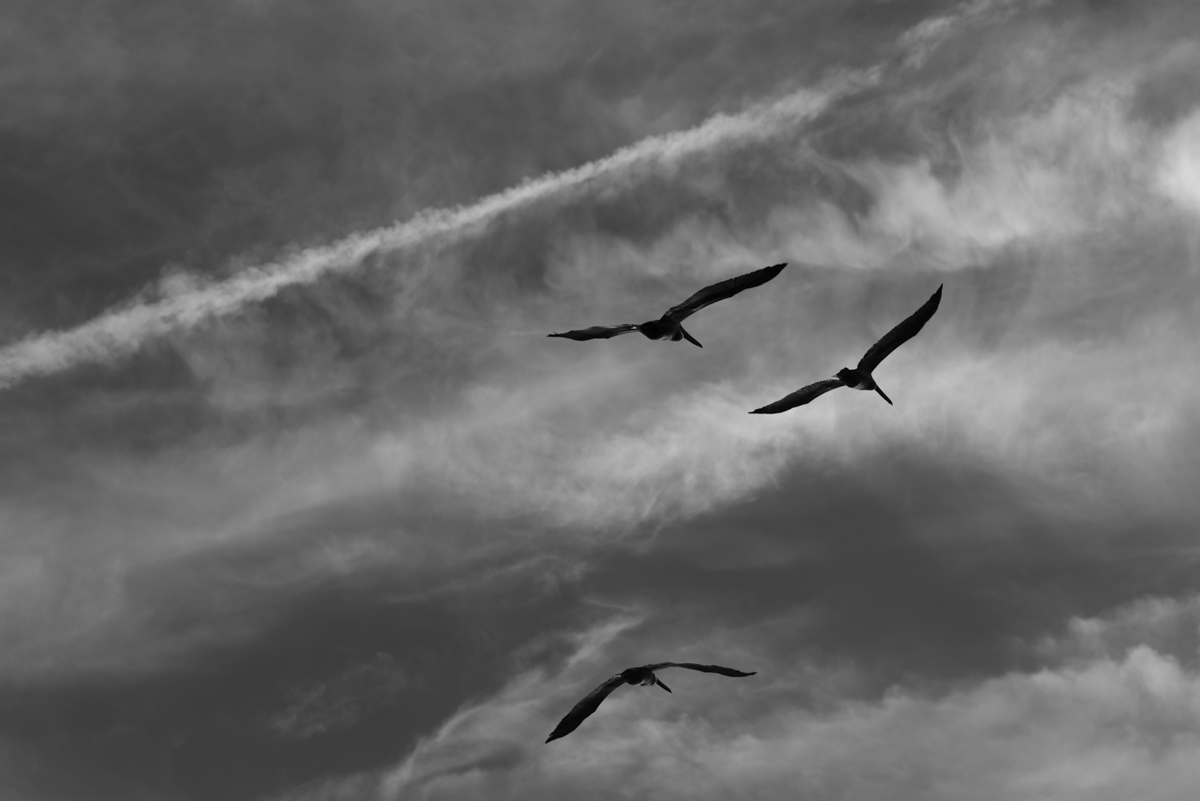
Photo: Jon Lowenstein / NOOR
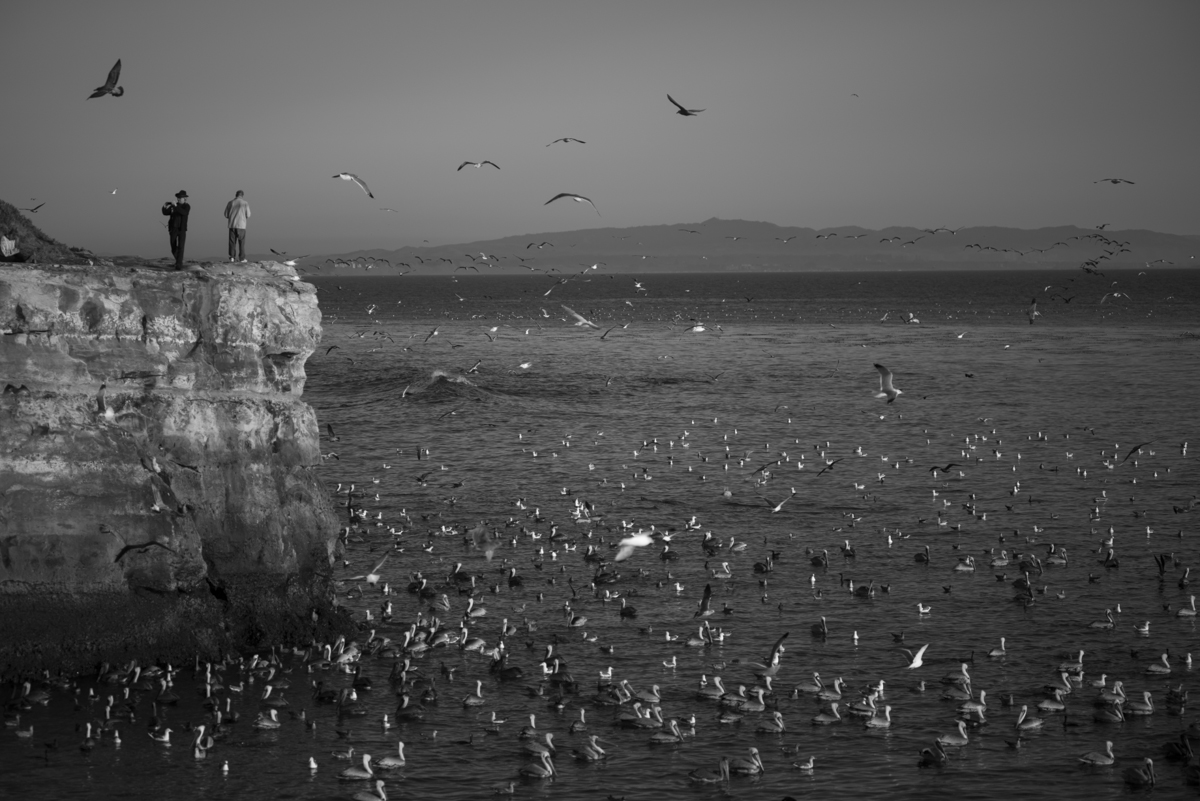
Photo: Jon Lowenstein / NOOR
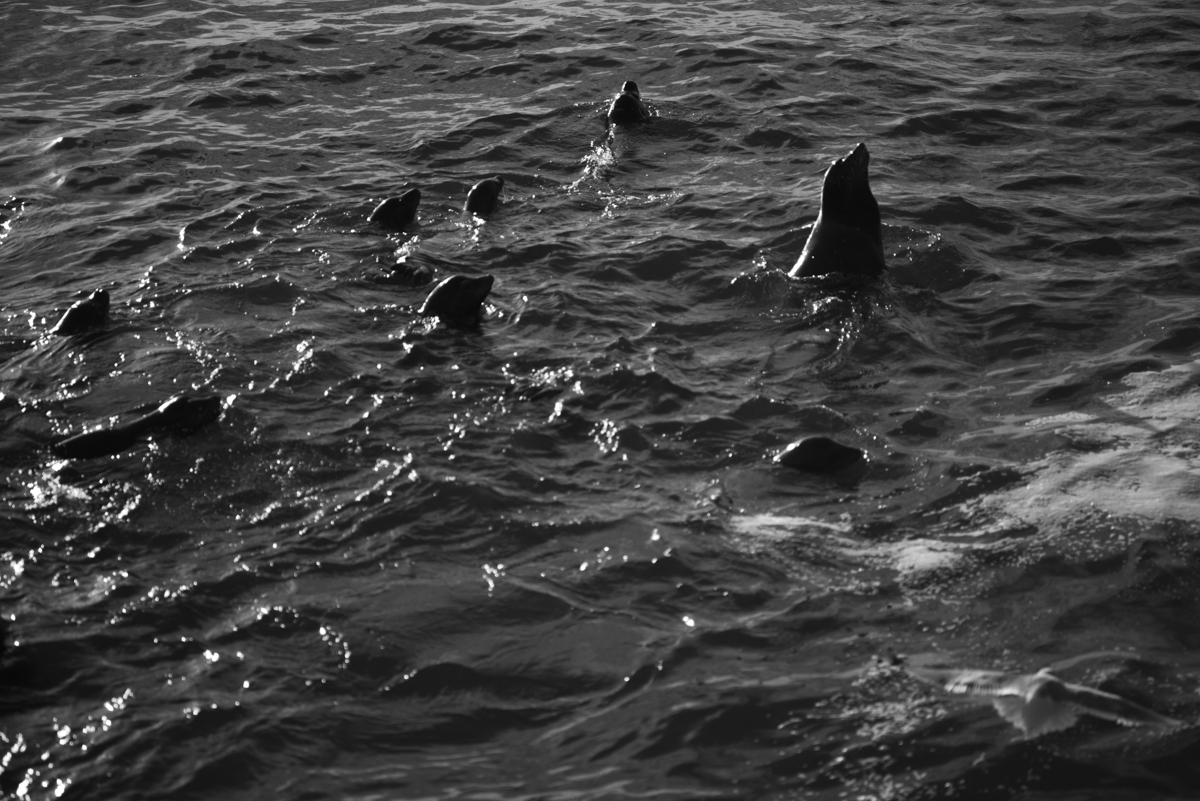
Photo: Jon Lowenstein / NOOR
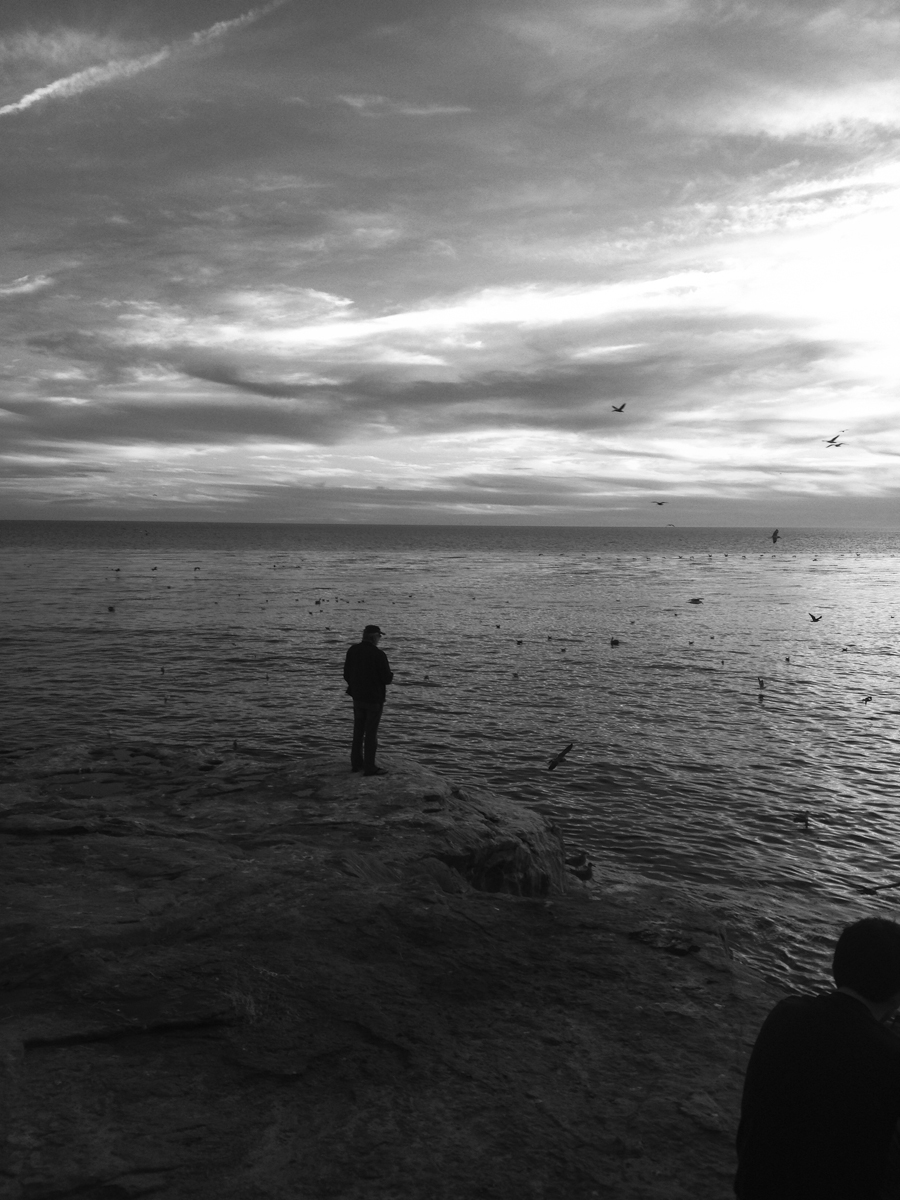
Photo: Jon Lowenstein / NOOR
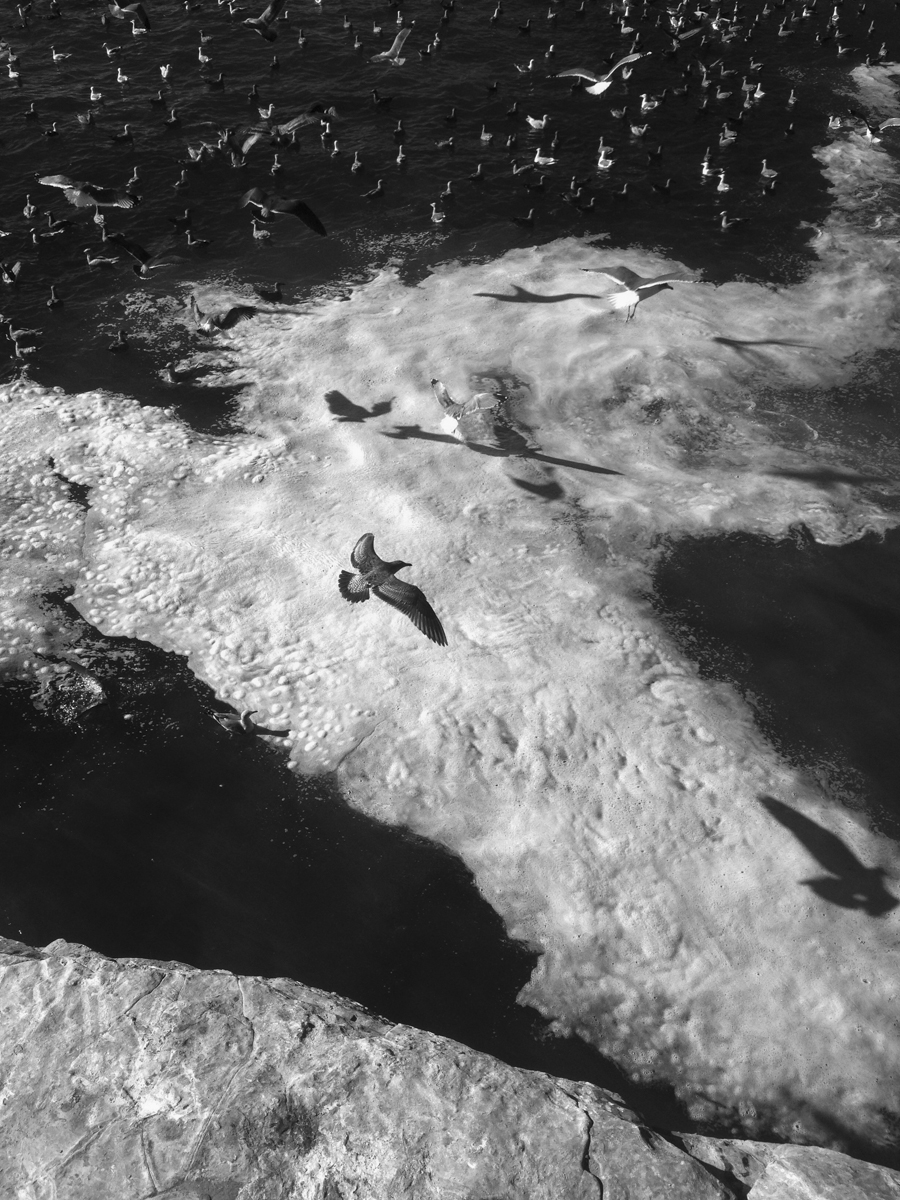
Photo: Jon Lowenstein / NOOR
TED Senior Fellow Asha de Vos is a blue whale researcher with the The Sri Lankan Blue Whale Project and The University of California Santa Cruz. Follow her on Twitter @ashadevos.
And TED Senior Fellow Jon Lowenstein is a documentary photographer and a part of the photo agency/foundation NOOR. Follow him on Instagram @jonlowenstein.
Comments (6)
Pingback: Surface | Sense the Science
Pingback: Surface | Sense the Science
Pingback: A magical oceanic feeding frenzy, up close and personal, in stunning detail–via TED | The Marin Renaissance